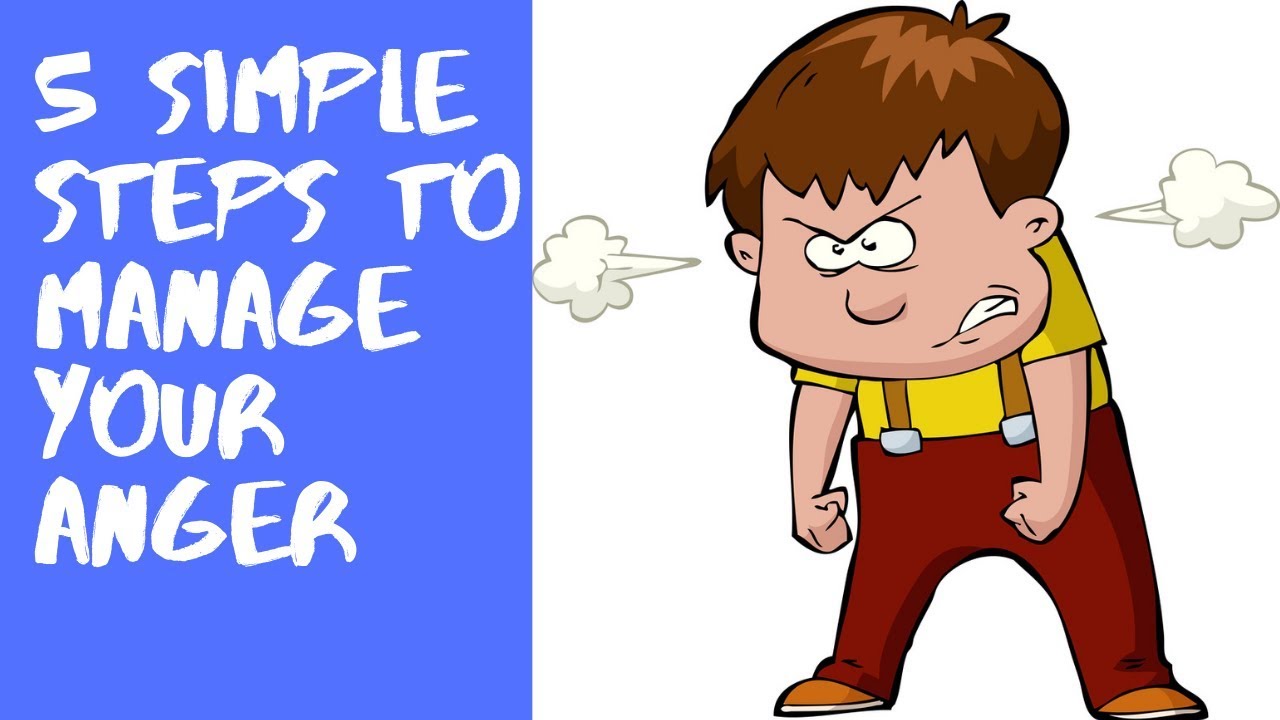
We are all familiar with the feeling of a volcanic eruption of anger slowly making it’s way up our throats, the hot sensation of rage, the throbbing headaches of fury or the jittery feeling of wanting to express the aggression within. Right from a child who is refused a toy, to a boyfriend who does not get his own way, to a boss who has employees defying him, anger is one of the most powerful and universal emotional experiences that one can have. It is also one of the most destructive emotions as it destroys not just our state of mind, but that of others around us who are an audience to our anger. The decisions we make or the actions we take when angry are almost always irrational, illogical and hurtful to ourselves or others.
But why do we do this? What is this need to become furious that inflicts so many of us?
Why do we get Angry?
Anger mostly comes from a state of helplessness or powerlessness when we can’t do something to control or change the situation. We have fixed beliefs and expectations regarding situations or people, like an ideal image of them. When situations or people don’t fit this ideal image, we feel helpless. It is the nonacceptance of this helplessness that makes us so frustrated. In any situation we can do only one of three: change the situation, remove ourselves from it or accept the situation. Everything else is unnecessary mental turmoil that is self generated.
Say you are going for a vacation and your boss gives you some work to do at that time. You have three options in any situation: change the situation, remove yourself from the situation or accept the situation.
If you communicate with your boss and ask to postpone the work or come to a compromise, you can change the situation. If you outright walk away and say you won’t do it, you remove yourself from it. And if none of these work, you accept the situation as there is nothing you can do about it and do the work. It is when we can’t do the above two and can’t accept the situation also, that we feel powerless, shock in turn leads to anger. Our need to control what is not in our control fills us with rage. Change, remove or accept, other than this whatever we do, leads us to negative emotions- not just anger, but also frustration, self pity, anxiety, resentment, fear, dissatisfaction and so on.
What can be done?
A lot of anger management techniques online or that are talked about in therapy are distraction techniques. For eg, hitting a pillow or screaming into one, holding ice cubes, squeezing a stress ball, having a cold shower, counting from one to ten. Distraction techniques are useful to take our thoughts away from the anger so that we don’t react impulsively, emotionally. However, distraction techniques cannot be the only tool we use for our anger. Why? Because when we continually distract ourselves, we are suppressing the emotion of anger. Emotional suppression is like holding back emotions with a wall. They are not gone, let go of or processed, they are just shoved behind the wall. Eventually the weight of the emotions accumulates over time and pushes back against the wall. The energy needed to keep the wall standing and the emotions at bay, becomes more and more. The psychological system of a person becomes unstable. At some point, in some or the other way, the wall breaks and the emotions can flood us over. Hence distraction techniques should be used but sparingly. We are going to discuss steps to process an emotion instead of suppressing it.
What is processing an emotion? An emotion is like an indicator. Anger indicates us to defend ourselves, to resolve issues or convey needs, loneliness indicates that we need to form meaningful connections. An emotion is transitory, it comes and goes as an indicator or response to the situation. So processing an emotion means to observe the emotion, what it is indicating and let it go. Our habits is to hold onto the emotion. Some of us hold onto resentment from ten years ago, or anger from two weeks ago, or pain from fifteen years ago. All emotions need to be let go of, good or bad. Attachment to them, causes us suffering. Attachment to anger is devastating and leads to all sorts of physical and mental issues in the long run. Let’s look at some easy steps to observe and let go of anger:
1 Identify that you are angry and that it is your responsibility to deal with it
As pointed out, anger comes from our inability to accept a situation that we cannot change. This implies that our emotional response is our responsibility. We cannot keep waiting for external situations to change, people to change their ways, for our anger to go away. So the first step begins with an acknowledgement that we are angry and it is our own responsibility to deal with it and no-one else’s. This is a hard pill to swallow, especially when the situation or the other person is hurtful. But even if the other person is hurtful, our emotional response and letting go of it is in our hands.
2 Identify the physical sensation of the emotion and observe
Closing your eyes, bring your attention to the area of the body where you can feel the emotion. This may be hard to do but with practice you will be able to locate the physical sensation of an emotion. For eg. Loneliness or sadness may arise as an empty feeling in the chest, anxiety may be a jittery restless feeling in the stomach, anger might feel like a heavy, hot feeling in the chest or head. Different people feel emotions in different body parts, in different ways. Locate where the emotion is the strongest and watch it. But observe in such a state that you don’t feel the emotion with more thoughts. What this means is that whatever thoughts come, let them pass by without engaging in them or getting lost in them, kind of like watching clouds float by, and return to observing the sensation. Watch without judgement and without any intent to alter the feeling, just be a silent observer.
3 Watch the feeling change
No emotion is static and constant and it keeps changing. Watch the feeling evolve and change. It may flare up when you suddenly start paying attention to it. But if you don’t keep getting lost in thoughts about the emotion or the object of your emotion (a person or a situation) you are breaking the loop of thoughts supplying emotions and emotions fueling thoughts. When this loop is broken, there are no thoughts that give power to the emotion and thus the emotion will lose its hold over you. This can only happen if you truly observe without a lot of participation in thoughts or being too attached to the feeling (having strong dislike for the negative emotion). You are processing the emotion in real time.
4 Think of an alternate neutral or positive way to deal with the situation once calm
After this exercise, your emotion may reduce in intensity and you may feel calmer. Now is the time to think of an alternate thought that is neutral, or positive, reframing the situation in your mind. Remind yourself of the three option you have: change the situation, remove yourself from it or accept it. Your alternate thought should help you deal with the situation more positively, calmly and rationally without your emotion carrying you away. It should also not make you suffer anymore. This may be tricky to do and you can seek help of a professional to do it.
At ZorbaWellness Rehabilitation Center, in Pune, Maharashtra, we offer therapeutic opportunities for our clients for emotional regulation. Drug addiction or alcohol addiction, depression, anxiety or any mental health issue usually makes one vulnerable to emotional unmanageability. In fact, even those who do not suffer from addiction or other serious issues also have problems dealing with emotions at some or the other time. Rehabilitation centers in India focus on emotional regulation and emotional stability for helping clients in their recovery. Addiction in India is usually difficult to deal with, for the clients and their families, and they go through a lot of emotional issues.
Our team at ZorbaWellness helps individuals process emotions in order to deal with challenges more effectively. After all, if we can handle our feelings, they won’t handle us, and we can live more freely and fully.
- Aashna Namle
